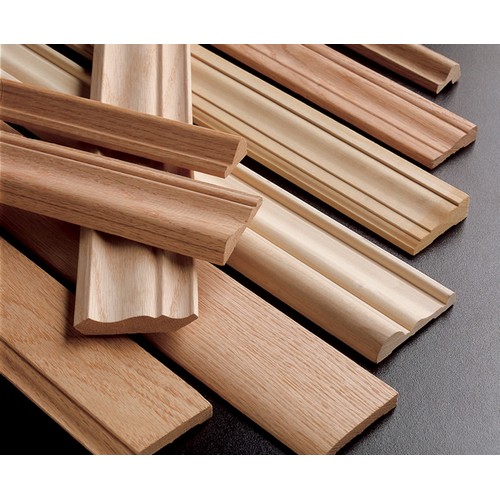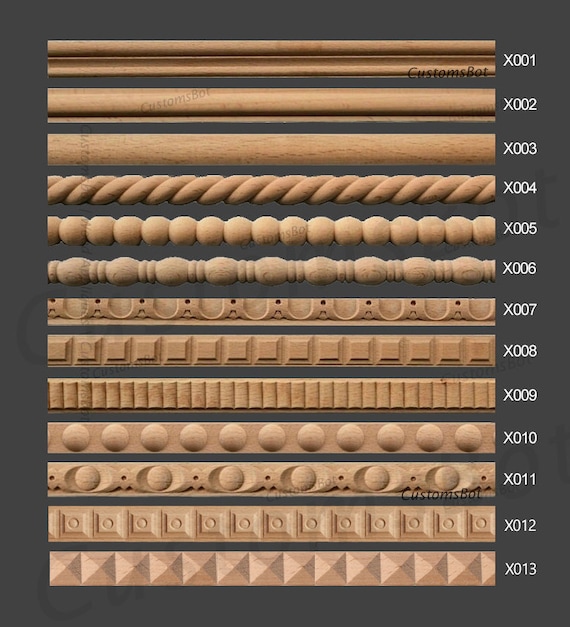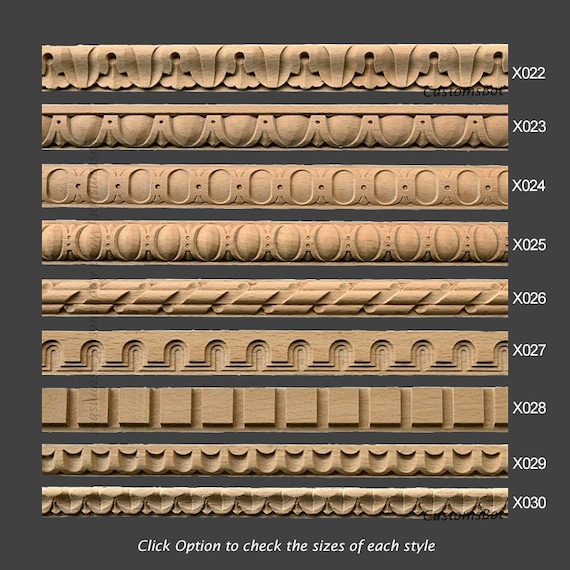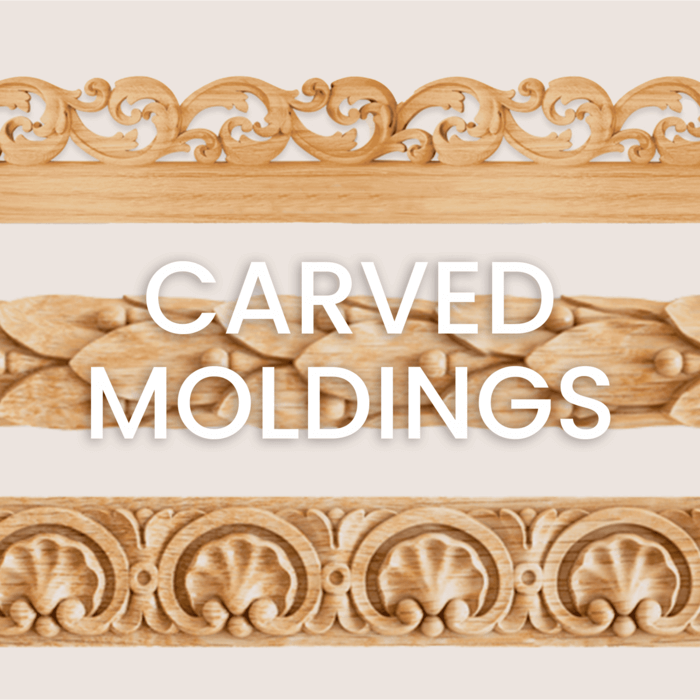Wood molding decorative can be the cherry on top of a beautifully designed room. It adds character, elegance, and a touch of history to modern interiors. Having worked with various molding styles in my own home, I can attest to their transformative power. In this article, we will delve into the different types of wood moldings, their benefits, installation tips, and so much more!
Table of Contents
- What is Wood Molding?
- Types of Wood Molding Decorative
- Benefits of Wood Molding Decorative
- Installation Tips for Wood Molding
- Maintenance of Wood Molding
- Inspiration for Using Wood Molding
- Pros and Cons of Wood Molding Decorative
- Frequently Asked Questions
What is Wood Molding?
Wood molding is a decorative strip of wood that enhances the beauty of a home’s architecture. Often used to transition between different surfaces or add detail to walls, ceilings, and furniture, it comes in various styles and profiles. Typically, wood molding is made from solid wood, engineered wood, or sometimes even composite materials.
Types of Wood Molding Decorative
Understanding the various types of wood molding is essential in selecting the right style for your home. Below are some of the most common types:
Crown Molding
Crown molding is typically installed at the junction of the wall and ceiling. It adds height and dimension to a room and can range from simple to highly ornate designs.

Baseboard Molding
Installed along the bottom of the wall, baseboard molding acts as a protective layer against damage and also provides a finished look to any room.
Chair Rail Molding
This type of molding runs horizontally around a room at the height of a chair back. It helps protect walls from damage and can also be used for decorative purposes, separating paint colors or wallpaper.

Window Casing
Window casing is a decorative frame around windows, enhancing their appearance while providing a finished look to the room. It can be a simple style or adorned with intricate details.
Door Casing
Similar to window casing, door casing frames the doorway. It adds depth and character, making doors appear more prominent and visually appealing.

Benefits of Wood Molding Decorative
Decorative wood molding offers numerous benefits that can elevate your home’s interior design:
- Aesthetic Appeal: It adds texture, detail, and elegance to any space.
- Increased Property Value: Quality wood molding can enhance the value of your home.
- Protection: Molding can protect walls and corners from damage.
- Design Flexibility: Available in various styles, wood molding can fit any design scheme.
Installation Tips for Wood Molding
Installing wood molding can be a DIY project if you’re handy with tools. Here are some tips to ensure a successful installation:
- Measure Accurately: Always measure twice to avoid mistakes. Use a measuring tape and a miter saw for precise cuts.
- Choose Adhesive Wisely: Depending on the weight and type of your molding, select an appropriate adhesive or nails.
- Use a Level: Ensure your moldings are straight and level for a professional finish.

Maintenance of Wood Molding
To keep your wood molding looking its best, consider the following maintenance tips:
- Regular Dusting: Dust daily or weekly to prevent buildup.
- Cleaning: Use a damp cloth for more thorough cleaning; avoid harsh chemicals.
- Repainting/Restaining: Depending on wear, you may need to repaint or restain your molding every few years.
Inspiration for Using Wood Molding
Stuck on ideas? Here are ways you can use wood molding creatively:
- Create an accent wall by using panel molding.
- Mix and match different moldings for visual interest.
- Highlight architectural features like fireplaces and built-ins.

Pros and Cons of Wood Molding Decorative
Pros
- Timeless beauty and elegance.
- Variety of designs and styles.
- Enhances overall home aesthetics.
- Can be painted or stained to match decor.
Cons
- Can be expensive depending on the type of wood.
- Installation requires skill.
- May require maintenance over time (repainting, refinishing).
Frequently Asked Questions
1. What types of wood are best for molding?
Common woods used for molding include oak, maple, cherry, and pine. Each has its unique grain and color, allowing for various aesthetic choices.

2. Can I paint over wood molding?
Yes, you can paint over wood molding. A good primer followed by a quality paint can give your molding a fresh, updated look.
3. How do I choose the correct style of molding for my home?
Consider the overall theme of your home. For a traditional style, opt for ornate moldings; for modern, go for sleek and minimalistic designs.

4. Is wood molding suitable for all rooms?
Yes, wood molding can be used in any room, including living rooms, bedrooms, kitchens, and bathrooms, as long as it is appropriately treated for humidity.
Conclusion
Decorative wood molding is more than just an architectural detail; it’s an opportunity to express your style while enhancing the beauty of your home. By understanding the different types, benefits, installation techniques, and maintenance, you will be well-equipped to make informed decisions about incorporating wood molding into your decor. Whether you choose a classic crown molding or a stylish chair rail, wood molding promises to add charm and sophistication to your living space.